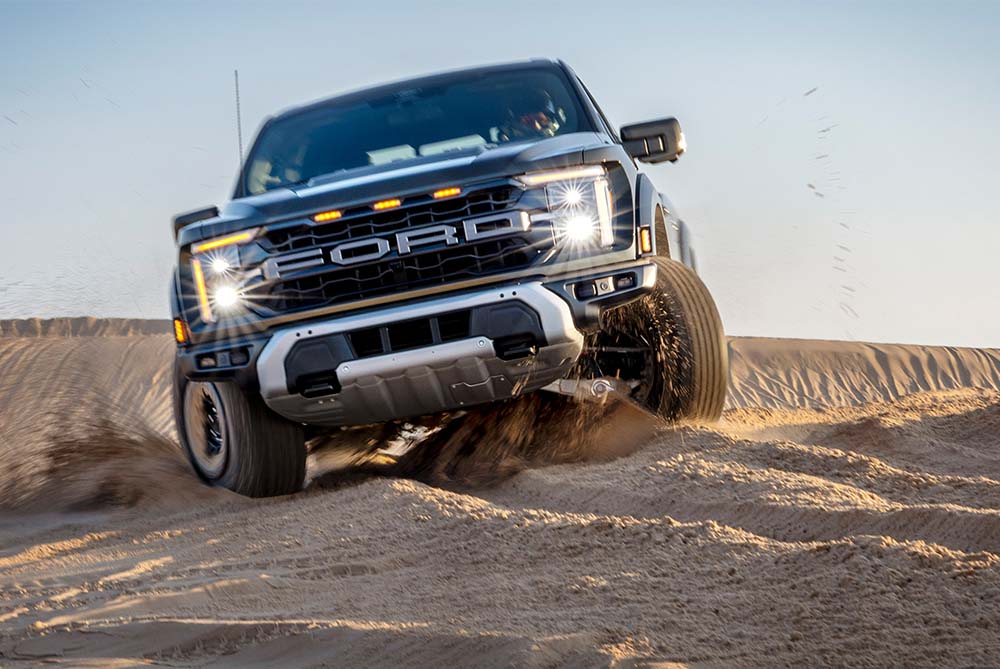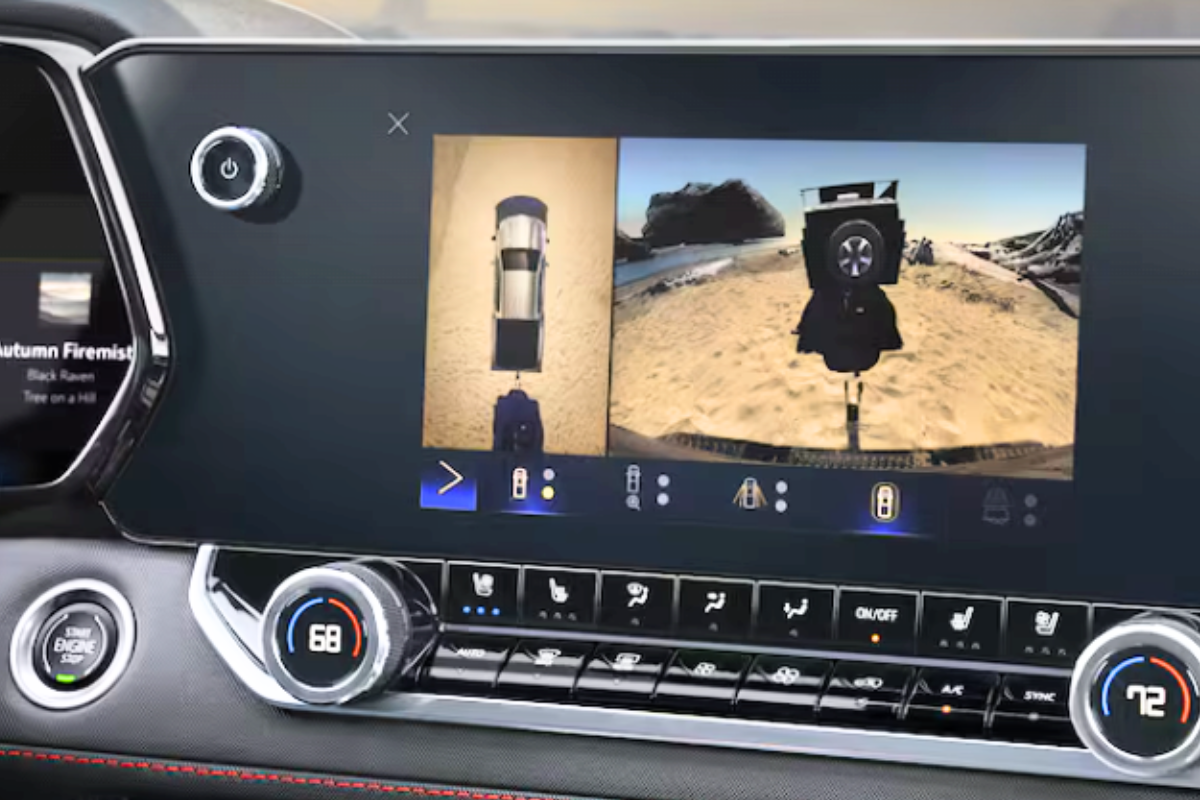George Boulton
July 30, 2024

George Boulton
July 30, 2024

Beyond Entertainment: In-Car Tech for Peace of Mind
Improving visibility is another critical aspect of safety.
At the core of safety in pickup truck design is structural integrity.
Manufacturers use high-strength steel frames and strategically placed crumple zones to absorb impact energy and protect occupants during collisions.
The Ram 1500, for example, employs a frame made from 98% high-strength steel, providing a durable and protective structure.
Advanced Driver Assistance Systems (ADAS) are integral to modern pickup truck safety.
Features like adaptive cruise control, lane-keeping assist, and automatic emergency braking are becoming standard.
The Ford F-150 includes Ford Co-Pilot360, a suite of ADAS technologies that help prevent accidents by alerting drivers to potential hazards and autonomously intervening when necessary.

Improving visibility is another critical aspect of safety.
Pickup trucks like the Chevrolet Silverado offer a 360-degree camera system that provides a comprehensive view around the vehicle, making it easier to navigate tight spaces and avoid obstacles.
Blind-spot monitoring and rear cross-traffic alerts further enhance driver awareness, reducing the risk of accidents.

Inside the cabin, passenger protection is paramount.
Modern trucks are equipped with multiple airbags, including front, side, and curtain airbags, to cushion occupants in the event of a collision.
Additionally, features like seatbelt pretensioners and load limiters ensure that passengers are securely restrained, minimizing injury during impacts.
Electronic stability control and traction control systems are standard in many pickups, enhancing stability and preventing rollovers.
The Toyota Tacoma, for instance, includes Vehicle Stability Control (VSC) and Traction Control (TRAC), which help maintain grip and stability on slippery or uneven surfaces.
